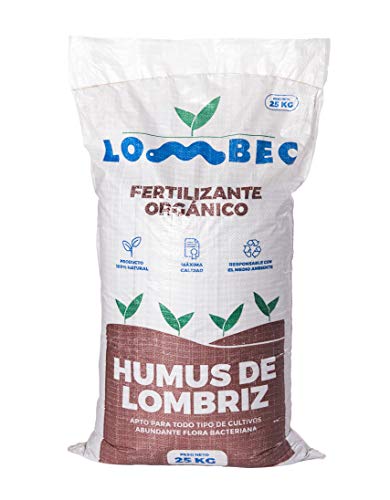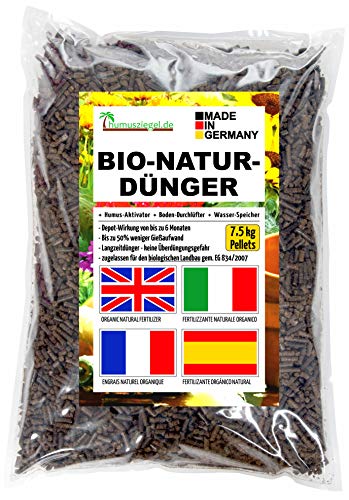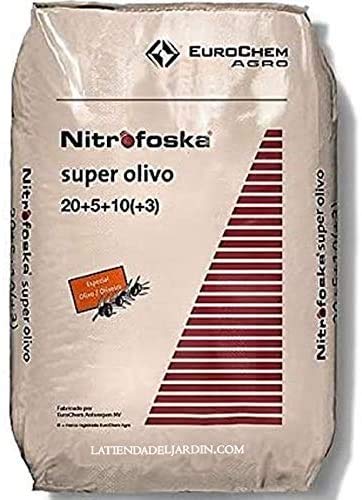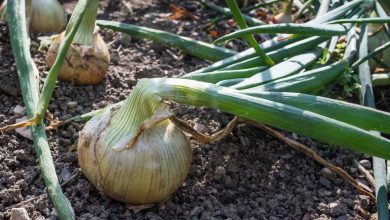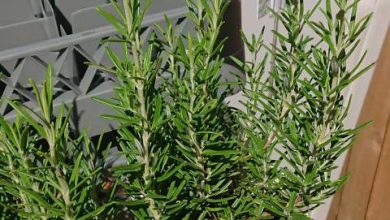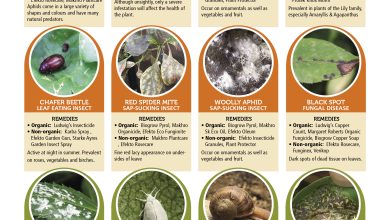Fertilize Fruit Trees: [Best Time, Macronutrients, Micronutrients and Steps]
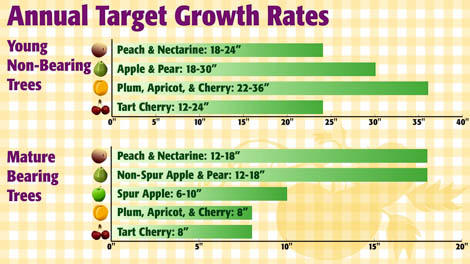
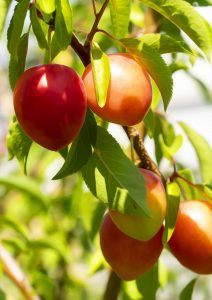 Fertilizing is one of the main cares that fruit trees require in order to be able to produce efficiently, both in quantity and quality.
Fertilizing is one of the main cares that fruit trees require in order to be able to produce efficiently, both in quantity and quality.
This process must start from a careful study of the characteristics and needs of each one in order to give them just what they need.
The use of organic fertilizers is the most recommended because they facilitate the obtaining of ideal nutrients for human consumption.
And as it is a topic that gives a lot of material to cut, here we will see each aspect to fully dominate it, are you interested? Then join us.
What is the best time to fertilize fruit trees?
Fruit trees receive subscribers well throughout the year. However, they have a special requirement during spring and summer, which is when the production process takes place.
This is what leads us to consider these dates as the most decisive, recommending the application especially before flowering begins.
What does the hemisphere where we find ourselves depend on?
 The location of the hemisphere has an important role in defining the dates of the subscriber because it will be different in both cases.
The location of the hemisphere has an important role in defining the dates of the subscriber because it will be different in both cases.
As the main time in which this care should be considered is during spring and summer, it is necessary to establish the correspondence with said cycle by hemisphere.
In the Northern Hemisphere, this cycle runs from mid-March to mid-September.In the southern hemisphere, it is the other way around, from mid-September to mid-March.
What types of subscriptions are there?
Fertilizers are of various types, being those of organic origin the best alternatives for fruit trees.
Here we can count, in the first place, the decomposed manure, since it has a high nitrogen content. Also homemade organic matter such as compost is a good option.
On a commercial level, it is possible to opt for complex fertilizers, which contain a mixture of certain macronutrients and micronutrients.
In this case, it is essential to apply it carefully and follow the instructions established by the manufacturer. The reason is that an excess of nutrients can also be harmful to fruit trees and affect both their health and their productive capacity.
In addition, it is necessary to remove the soil after applying them because it can be lost by the action of the wind.
What macronutrients do fruit trees need?
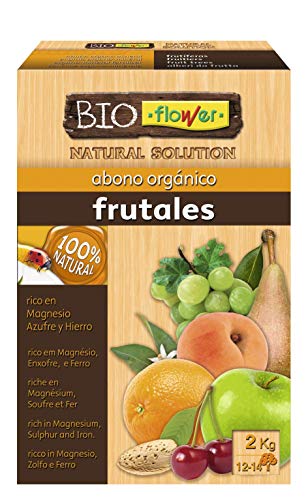 The main nutrients required by fruit trees are known as macronutrients and are of two types: primary and secondary.
The main nutrients required by fruit trees are known as macronutrients and are of two types: primary and secondary.
Primary macronutrients include nitrogen, phosphorus, and potassium.
Nitrogen works directly in the production of chlorophyll, so yellow leaves on a plant may be due to a deficiency of this macronutrient.
It also plays a leading role in the correct growth and development of the structure.
Phosphorus, for its part, is involved in the formation and quantity of flowers, as well as in the correct ripening of the fruits when they arrive.
A deficit of this nutrient is evidenced by the low presence of flowers, which will obviously reduce the number of fruits. Potassium is the last macronutrient and has the important mission of contributing to the plant ‘s respiration cycle. In deciduous trees, it helps to withstand the winter.
If the amounts of potassium are below what is recommended, the plant will begin to dry out and the new leaves will barely appear.
In the case of secondary macronutrients, sulfur, calcium and magnesium are counted.Sulfur works in function of chlorophyll and protein synthesis. When it fails, new leaves become chlorotic.
In the case of calcium, it helps the formation of fruits and improves their internal structure. Magnesium is present in the production of chlorophyll.
What micronutrients do fruit trees require?
In the list of micronutrients we find the elements: boron, chlorine, copper, iron, manganese, molybdenum and zinc.
- Boron aids in growth by working directly on cell division.
- Chlorine is essential so that plants do not dehydrate, since it helps breathing and perspiration.
- Copper is involved both in plant growth and in the synthesis of carbohydrates and proteins.
- Iron is key to growth because it plays an important role in the production of chlorophyll.
- Manganese helps to correctly synthesize chlorophyll, which becomes essential for growth.
- Molybdenum allows the correct functioning of chlorophyll, since it works in conjunction with nitrogen.
- Zinc is a main actor in the synthetic processes of proteins and carbohydrates.
What is the best way to fertilize fruit trees?
The application of fertilizers can be done in different ways:
- Directly on the ground: it is the one that is carried out directly on the ground, being the beginning of spring the opportune moment to execute it because it is just before the flowers begin to sprout. Helps increase production. To take advantage of it, complex fertilizer is a great alternative.
- At the foliar level: it is a very useful strategy for the vast majority of fruit trees and is carried out when the trees have their full foliage. It is used with good ambient humidity and cool weather, as it promotes better absorption of nutrients by the leaves.
- Fertigation: it is the subscriber that is applied together with the irrigation water, which greatly improves the absorption capacity of the plant and reduces the work invested.
Planning the fertilization processes well, both with regard to the choice of fertilizer and the way of administering it, is decisive for the health of fruit trees. If we go to the reason for being, the idea is that these are highly productive and that their fruits are of a profitable quality.
And yes, the other care is also important, but the lack of nutrients can lead to the rest of the efforts being in vain. So take advantage of everything seen here and put it into practice with your fruit trees so that they are in the best conditions.
Bibliographic references
- Evaluation of the MulticoteTM controlled release fertilizer as a sustainable fertilization practice in fruit trees, A Quinones, A Pérez-Piqueres… – Actas de…, 2019 – redivia.gva.es
- Technical considerations for the programming of fertigation in fruit crops, F Fonseca Salcedo, J Lordan Sanahuja… – Vida Rural Magazine…, 2011 – repositori.udl.cat
- Subscriber of deciduous fruit trees, JLE Carbó – Practical guide to the rational fertilization of …, 2010 – dialnet.unirioja.es
- Fertigation. Horticultural, fruit and ornamental crops: horticultural, fruit and ornamental crops , C Cadahía López – 2005 – books.google.com
- Combination of controlled release fertilizers with fertigation in the fertilization of fruit trees, JN Bethencourt, VN Casares… – Viticulture enology…, 2006 – dialnet.unirioja.es
Maybe you are also interested in:


